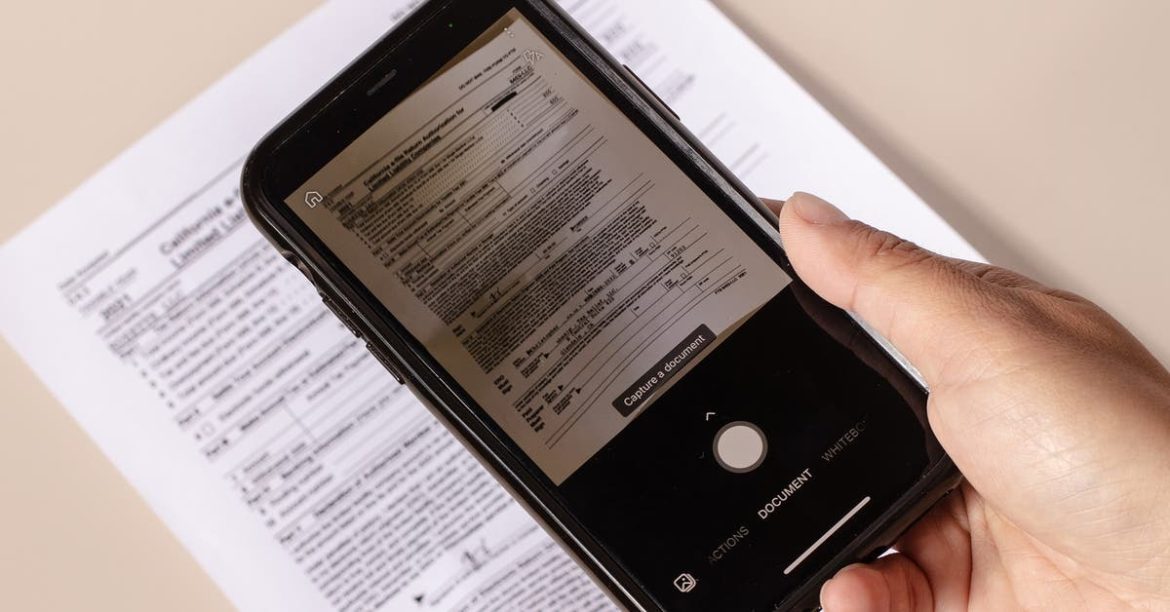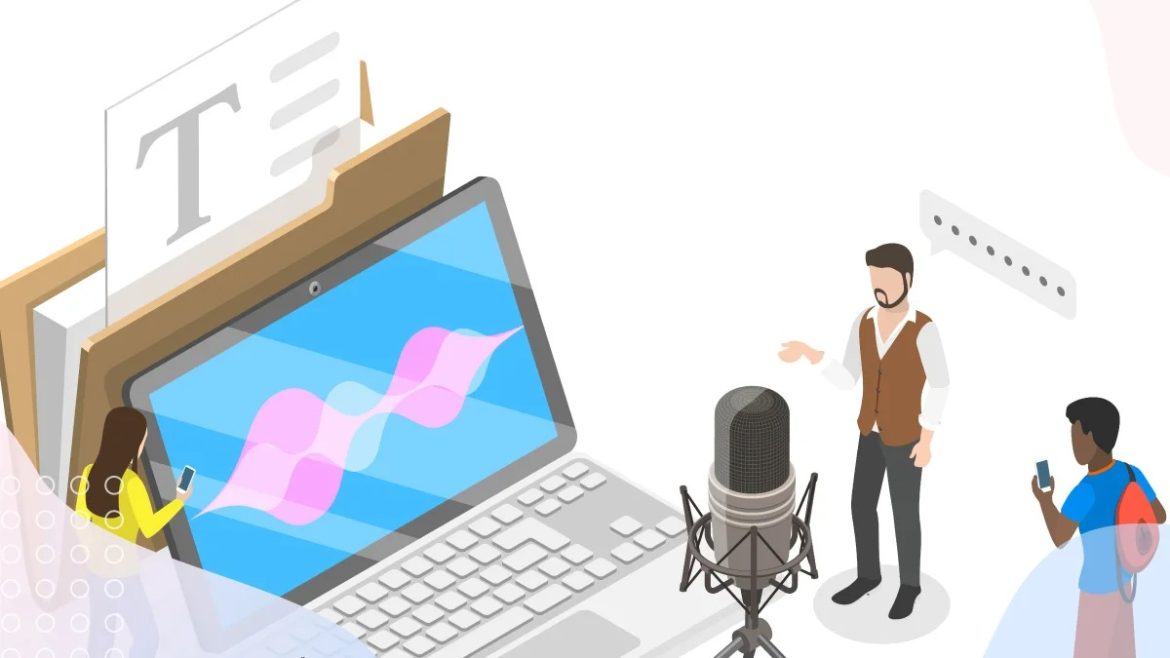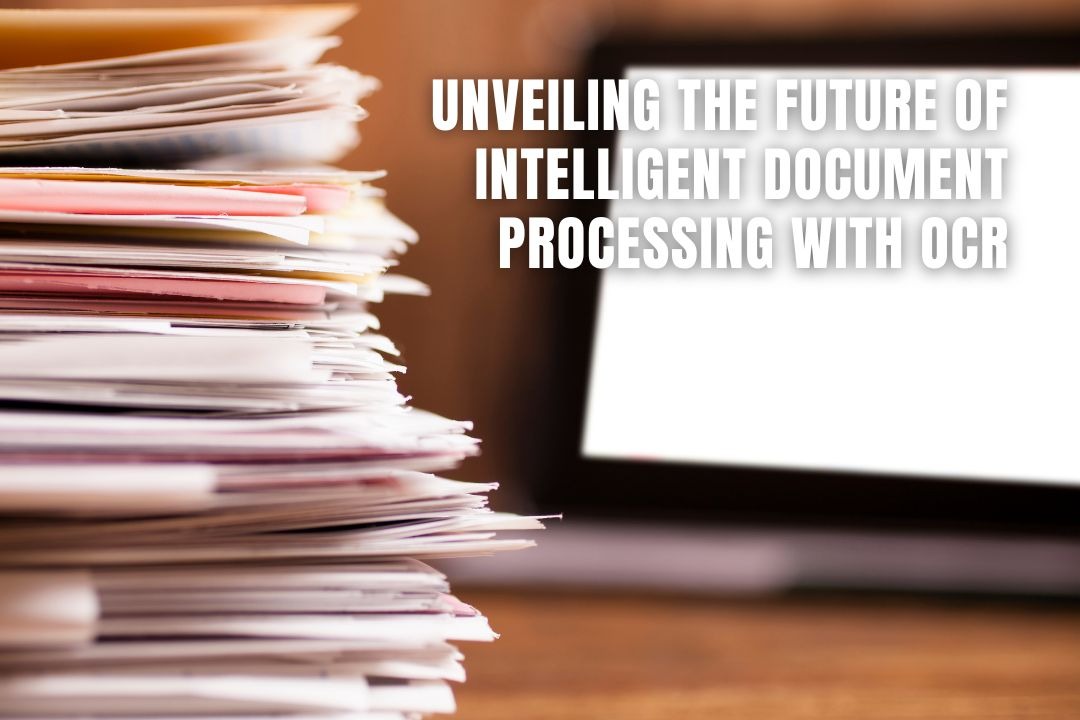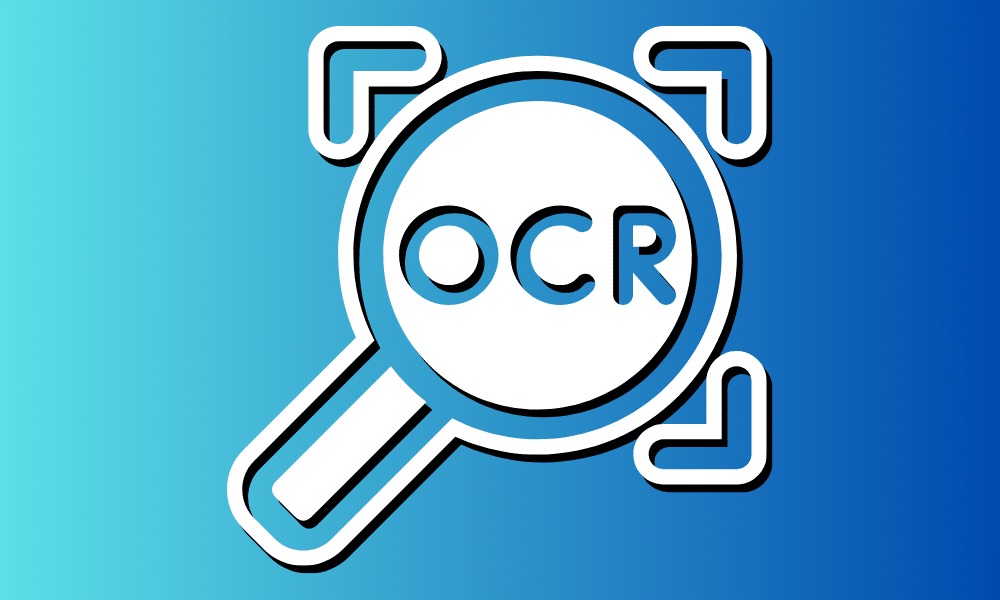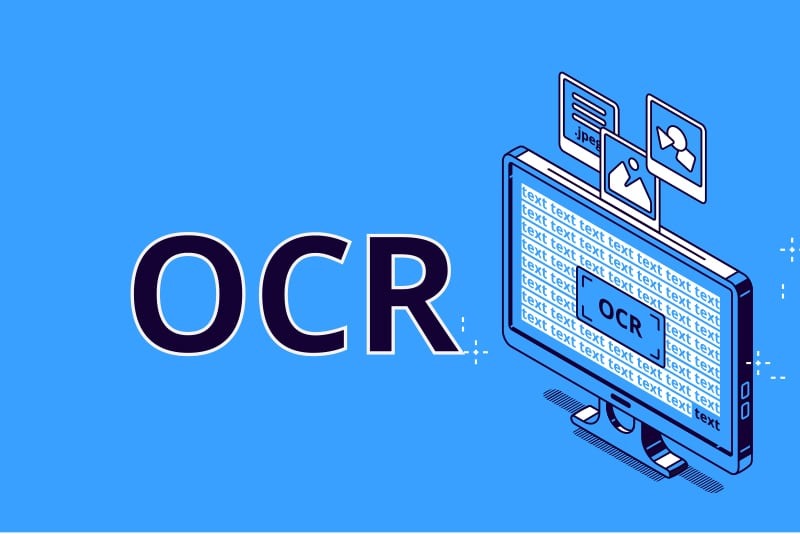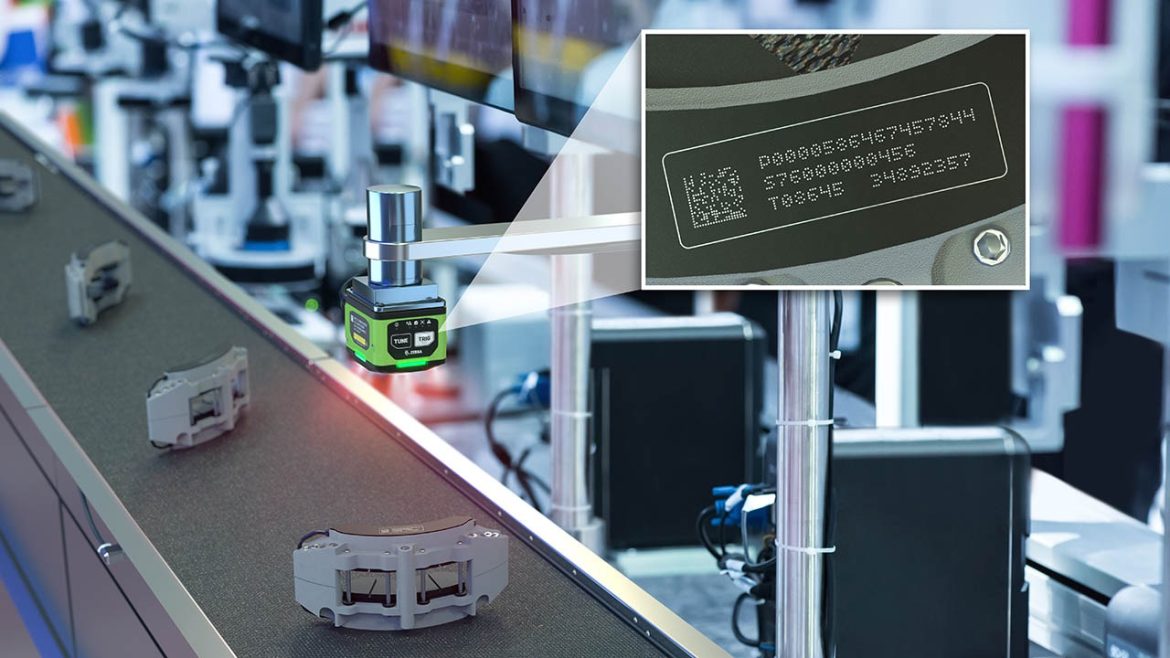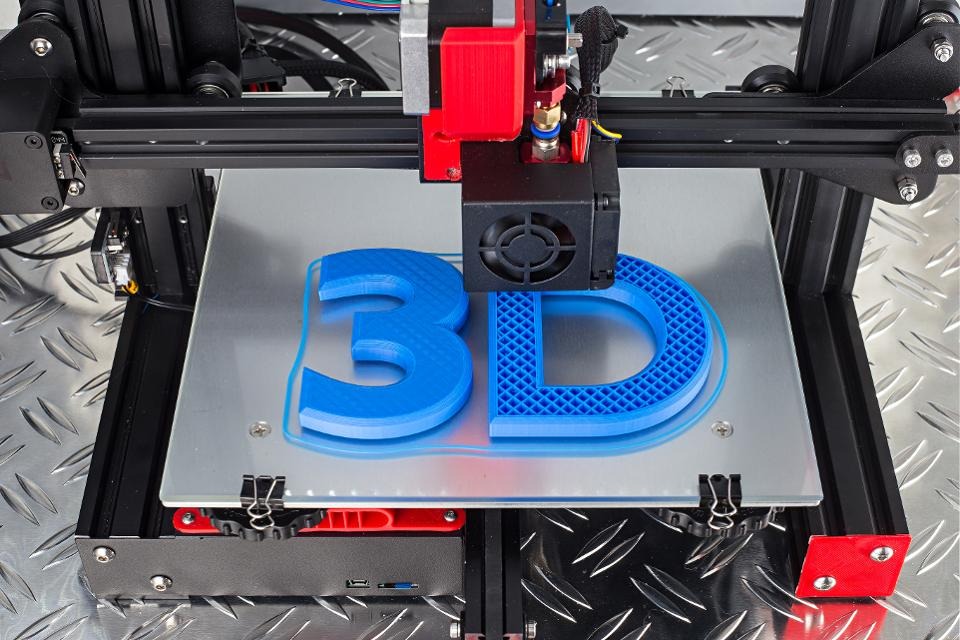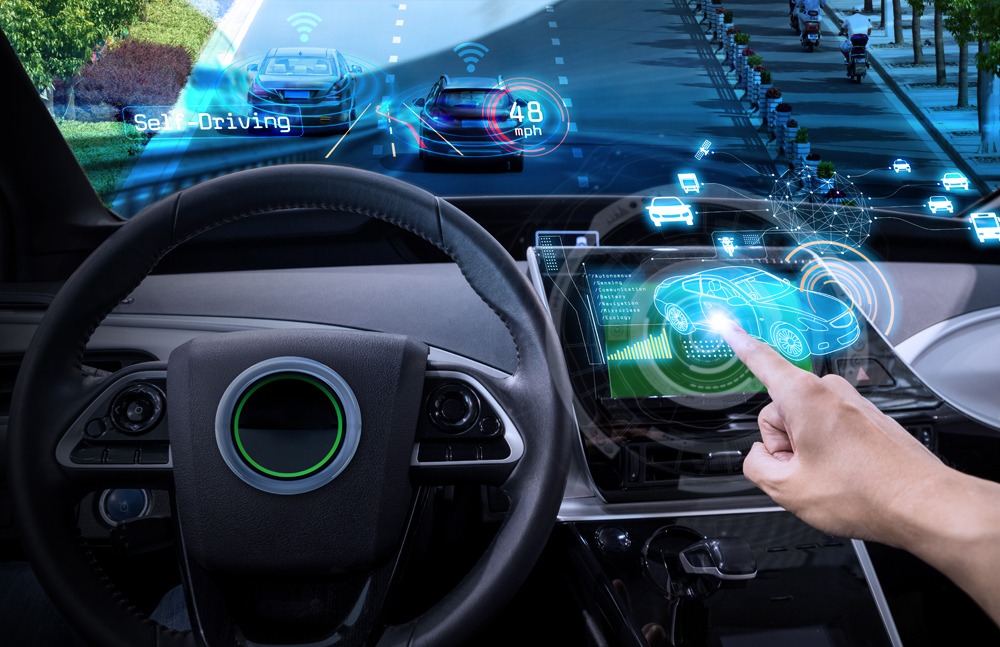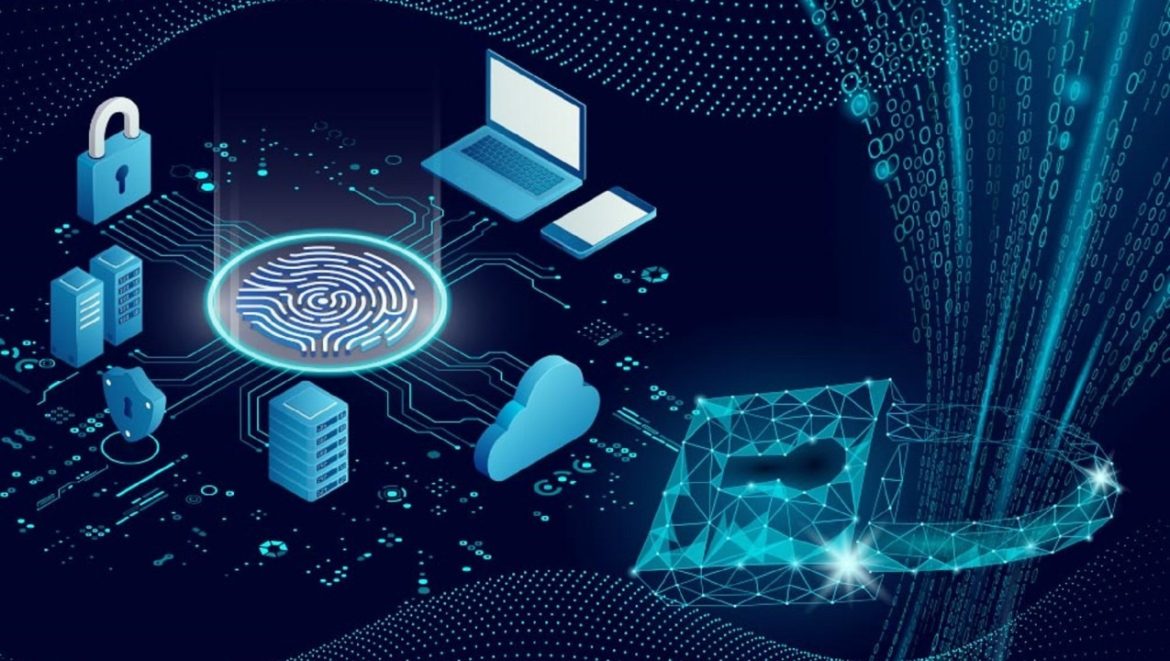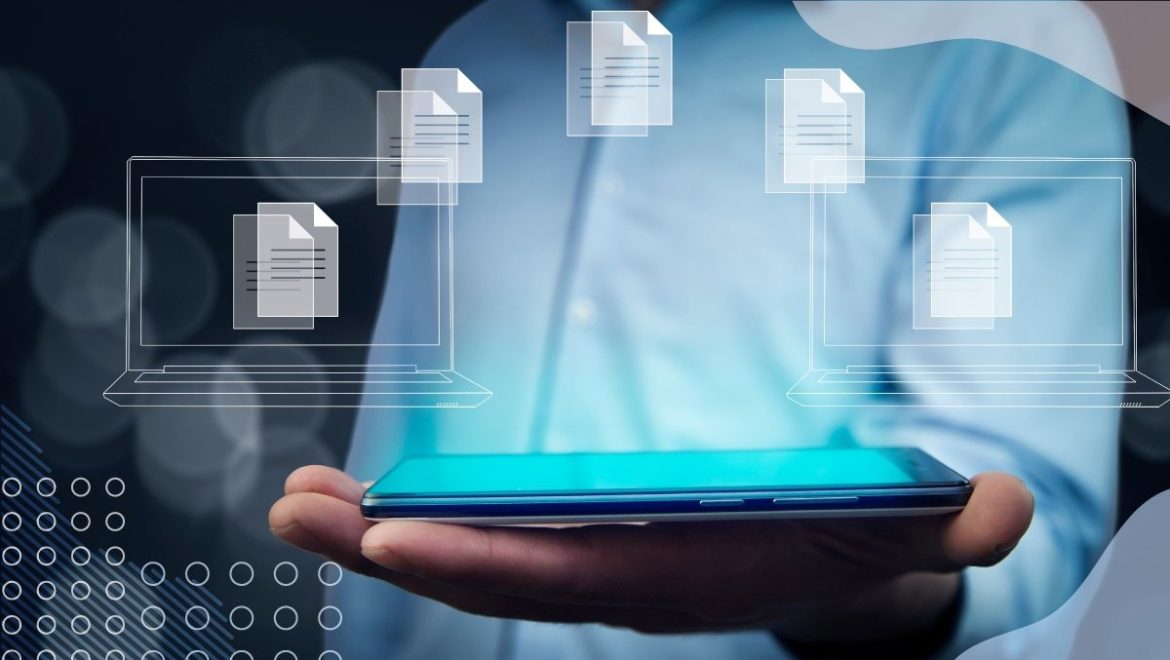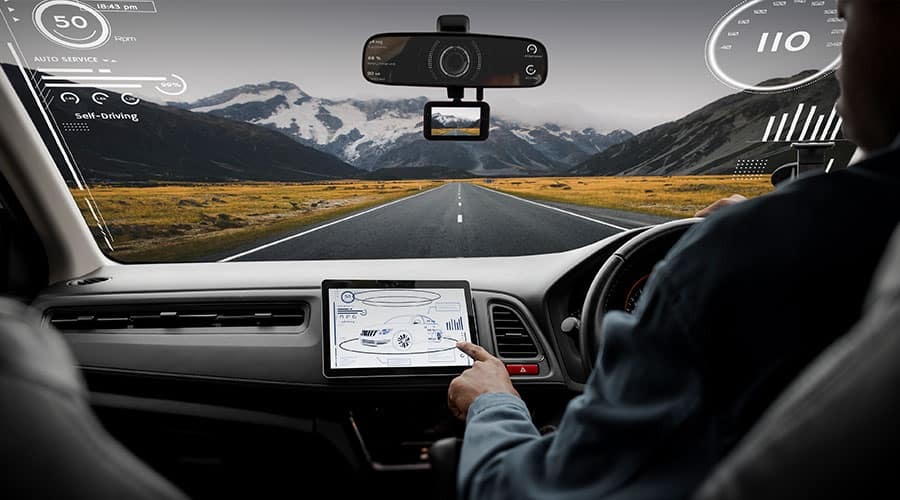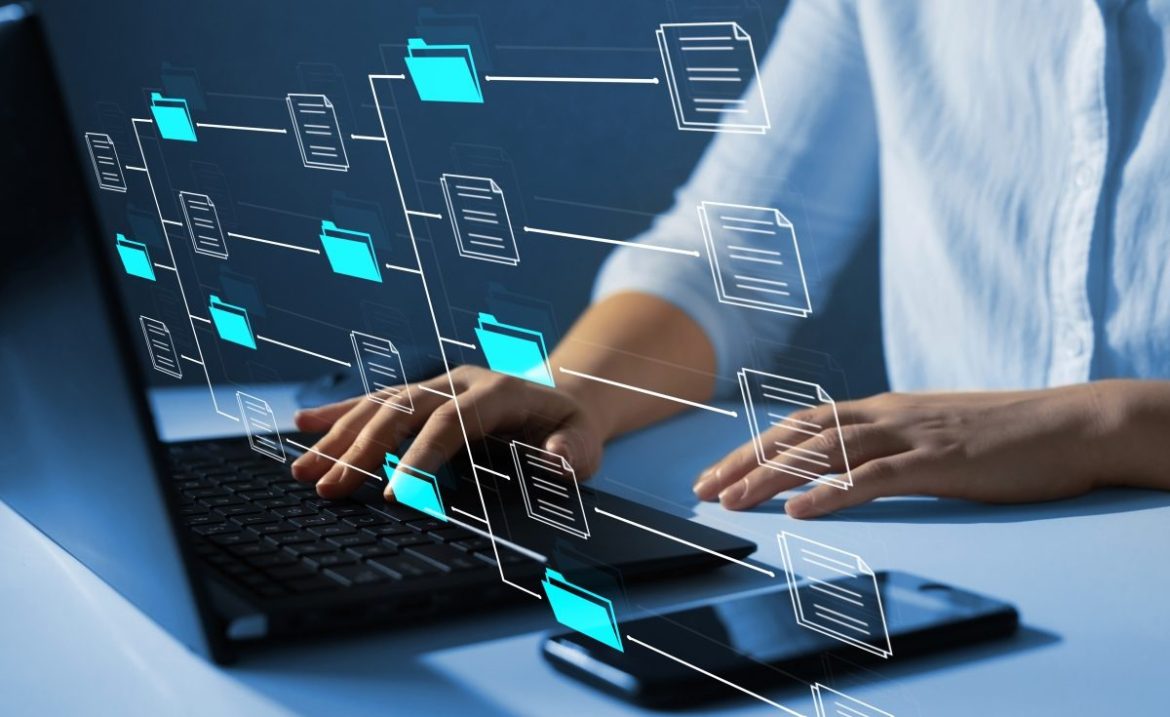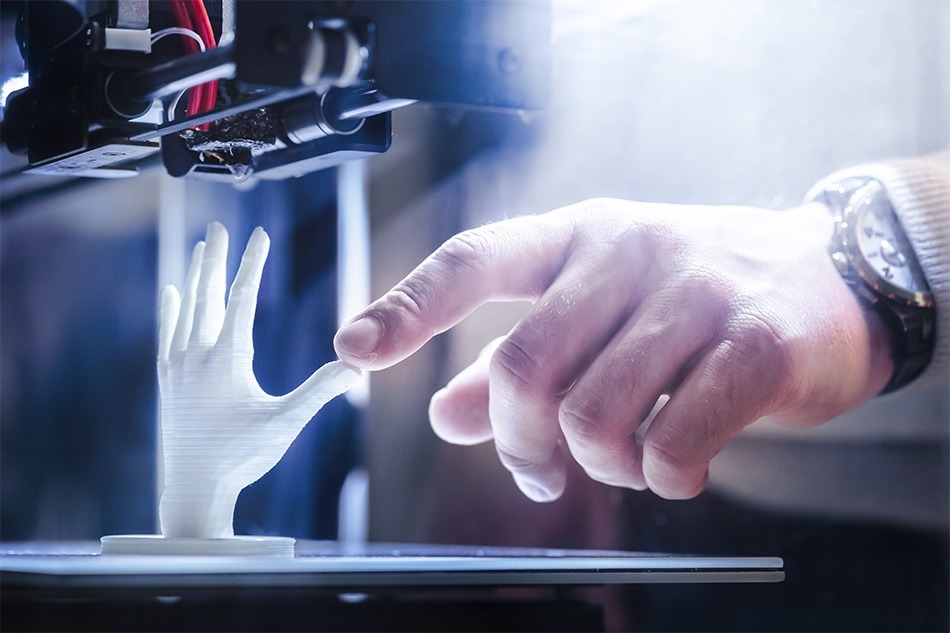In today’s fast-paced world, mobile Optical Character Recognition (OCR) applications have become indispensable tools for individuals and businesses alike. This article explores the functionality, benefits, and practical applications of mobile OCR applications, highlighting their role in enabling on-the-go document scanning and text extraction.
Understanding Mobile OCR Technology
Mobile OCR technology leverages the powerful computing capabilities of smartphones and tablets to perform text recognition and document scanning tasks directly on mobile devices. These applications utilize built-in cameras to capture images of documents, receipts, or other printed materials, which are then processed using OCR algorithms to extract text and convert it into editable and searchable format.
Real-Time Text Recognition
One of the key features of mobile OCR applications is real-time text recognition, which allows users to capture and extract text from physical documents instantaneously. By simply pointing the device’s camera at the document, users can view the extracted text in real-time, eliminating the need for manual data entry or transcription.
Offline Functionality and Accessibility
Many mobile OCR applications offer offline functionality, allowing users to perform text recognition and document scanning tasks without an internet connection. This feature is particularly useful in environments with limited or no connectivity, ensuring accessibility and usability even in remote locations or areas with poor network coverage.
Practical Applications of Mobile OCR
Mobile OCR applications have a wide range of practical applications across various industries and use cases.
Business Card Scanning and Contact Management
Mobile OCR applications enable users to quickly scan and digitize business cards, extracting contact information such as names, phone numbers, and email addresses. This streamlined process eliminates the need for manual data entry and facilitates seamless contact management, allowing users to easily organize and store business contacts on their mobile devices.
Expense Tracking and Receipt Management
With mobile OCR applications, users can easily capture and digitize receipts, invoices, and expense reports on the go. By extracting relevant information such as transaction amounts, dates, and vendor details, these applications simplify expense tracking and facilitate efficient record-keeping for personal and business expenses.
Advancements in Mobile OCR Technology
Recent advancements in mobile OCR technology have further enhanced the functionality and usability of these applications.
Integration with Cloud Services
Many mobile OCR applications now offer seamless integration with cloud storage services such as Google Drive, Dropbox, and Microsoft OneDrive. This allows users to automatically sync scanned documents and extracted text with their cloud accounts, enabling easy access and sharing across multiple devices and platforms.
Advanced Text Editing and Annotation Tools
Modern mobile OCR applications provide advanced text editing and annotation tools, allowing users to edit, highlight, and annotate extracted text directly within the application. These features enhance productivity and collaboration by enabling users to make quick edits or add comments to scanned documents before sharing them with others.
Conclusion
Mobile OCR applications have emerged as powerful tools for on-the-go document scanning and text extraction, offering convenience, efficiency, and accessibility to users worldwide. With real-time text recognition, offline functionality, and integration with cloud services, these applications enable seamless document management and productivity enhancement across various personal and professional use cases. As mobile OCR technology continues to evolve, we can expect further advancements that will further enhance its capabilities and impact in the digital age.


